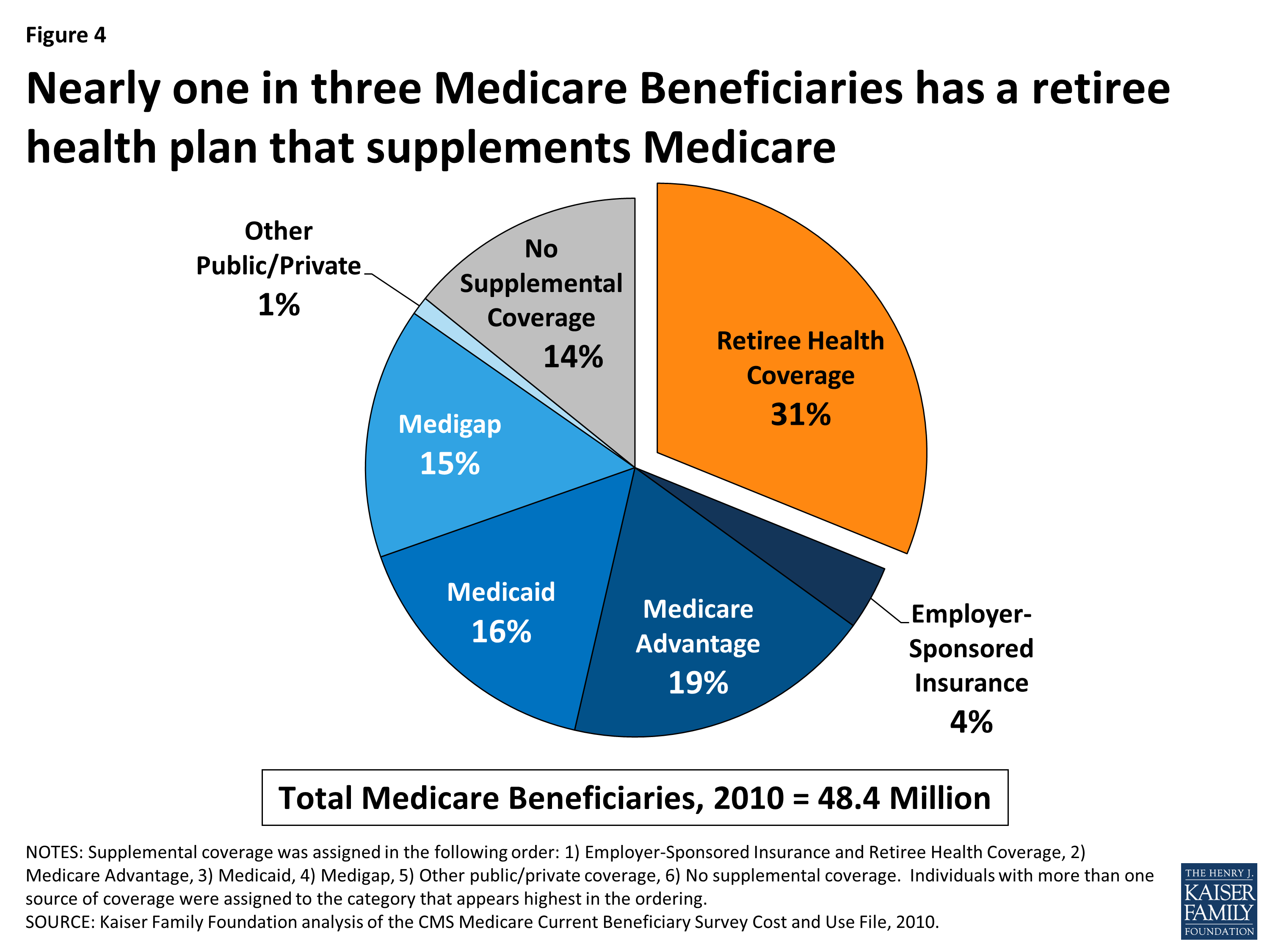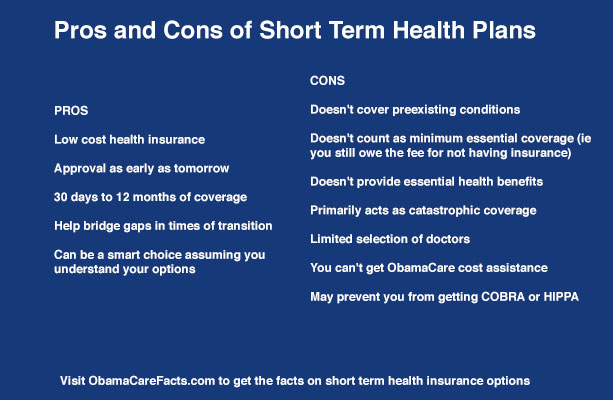Indicators on Medicare Advantage Agent You Need To Know
Table of ContentsMedicare Advantage Agent - The FactsThe Ultimate Guide To Medicare Advantage AgentMedicare Advantage Agent for Dummies

complies with from puzzling the relatively young age account of the uninsured with the better wellness, usually, of more youthful individuals. This covers the link in between health status and wellness insurance policy. For those without access to workplace health and wellness insurance, inadequate health and wellness is a potential obstacle to purchasing nongroup insurance coverage because such insurance coverage may be extremely priced, omit pre-existing conditions, or be merely not available. The number of without insurance Americans is not particularly big and has actually not altered over the last few years. 7 out of ten participants in a country wide depictive survey assumed that fewer Americans did not have medical insurance than in fact do(Fronstin, 1998). Roughly half(47 percent )thought that the number of individuals without medical insurance reduced or remained consistent over the last half of the last decade(Blendon et al., 1999). This decline of almost 2 million in the variety of individuals 'without insurance (a decrease
of around 4 percent)is absolutely a positive modification. With a softer economic climate in 2000 the current reported gains in insurance coverage might not proceed(Fronstin, 2001 ). The decrease in the variety of without insurance will not continue if the economy stays sluggish and health and wellness treatment prices proceed to outmatch inflation. This is because the data were collected for a period of strong economic efficiency. Of the approximated 42 million people that were uninsured, almost about 420,000(about 1 percent)were under 65 years of age, the age at which most Americans become eligible for Medicare; 32 million were adults between ages 18 and 65, about 19 percent of all grownups in this age; and 10 million were youngsters under 18 years old, concerning 13.9 percent of all youngsters (Mills, 2000). These quotes of the number of persons uninsured are produced from the annual March Supplement to the Current Population Survey (CPS), conducted by the Census Bureau. Unless otherwise kept in mind, nationwide price quotes of people without health and wellness insurance and proportions of the populace with various type of protection are based on the CPS, the most extensively utilized source of price quotes of insurance policy coverage and uninsurance rates. These surveys and the estimates they produce are described briefly in Table B. 1 in Appendix B - Medicare Advantage Agent. These studies vary in size and tasting techniques, the questions that are asked about insurance
The 5-Minute Rule for Medicare Advantage Agent
insurance coverage, and the time duration over which insurance policy coverage or uninsurance is measured(Lewis et al., 1998, Fronstin, 2000a ). Still, the CPS is particularly valuable since it generates annual quotes reasonably quickly, reporting the previous year's insurance protection estimates each September, and since it is the basis for a consistent set of price quotes for greater than twenty years, permitting for analysis of patterns in insurance coverage over time.

4 Easy Facts About Medicare Advantage Agent Explained
Over a three-year period starting early in 1993, 72 million people, 29 percent of the united state populace, were without protection for at the very least one month. Within a single year(1994), 53 million individuals experienced a minimum of a month without coverage(Bennefield, 1998a). 6 out of every 10 uninsured grownups are themselves utilized. Working does enhance the likelihood that one and one's household members will have insurance policy, it is not a guarantee. Even participants of families with two full time wage earners have nearly a one-in-ten opportunity of being uninsured (9.1 percent without insurance price)(Hoffman and Pohl, 2000 ). The partnership in between health and wellness insurance policy and access to care is well developed, as recorded later in this phase. Although the partnership between medical insurance and health and wellness results is neither direct neither straightforward, a comprehensive clinical and health solutions study literary works links health and wellness insurance coverage
to better accessibility to care, much better top quality, and improved personal and population health and wellness standing. For instance, the 2nd record, on personal health and wellness results for uninsured adults, is represented by the innermost circle of the number, while the 3rd record, on household wellness, includes the subjects of the second record yet stresses a various system of analysis, namely, the family members. The sixth report in the collection will present details regarding methods and initiatives carried out in your area, statewide, or country wide to deal with the absence of insurance policy and its unfavorable influences. Degrees of analysis for checking out the impacts of uninsurance. This discussion of medical insurance coverage concentrates mainly on the united state population under age 65 because virtually all Americans 65 and older have Medicare or other public coverage.
It concentrates specifically on those without any type of health and wellness insurance policy for any kind of size of time. The problems faced by the underinsured are in some respects comparable to those encountered by the without insurance, although they are usually much less extreme. Uninsurance and underinsurance, nonetheless, entail clearly various plan problems, and the methods for resolving them may differ. Throughout this research study and the five records to follow, the major emphasis is on persons with no medical insurance and therefore no support in paying for healthcare past what is offered with charity and safety net institutions. Health insurance is an effective aspect affecting receipt of treatment since both clients and physicians reply to the out-of-pocket cost of services. Wellness insurance policy, nevertheless, is neither necessary neither adequate to access to clinical services. However, the independent and straight effect of wellness
insurance coverage on access to wellness services is well developed. Others will certainly obtain the healthcare they need also without medical insurance, by spending for it out of pocket or seeking it from suppliers who supply care cost-free or at extremely subsidized prices. For still others, medical insurance alone does not ensure invoice of care due to the fact that of various other nonfinancial obstacles, such as a lack of wellness treatment suppliers in their community, limited accessibility to transportation, illiteracy, or linguistic and social differences. Official research about uninsured populaces in why not check here the USA dates to the late 1920s and early 1930s when the Committee on the Cost of Healthcare produced a series of official source records concerning financing doctor workplace gos to and hospital stays. This concern became prominent as the varieties of clinically indigent climbed up during the Great Anxiety. Empirical researches regularly support the web link in between accessibility to care and boosted wellness outcomes(Bindman et al., 1995; Starfield, 1995 ). Having a regular source of care can be thought about a forecaster of accessibility, as opposed to a straight measure of it, when health results are themselves utilized as accessibility indications. This expansion of the idea of access measurement was made by the IOM Board on Keeping Track Of Gain Access To to Personal Health Treatment Provider(Millman, 1993, p. Whether moms and dads are insured appears to affect whether their youngsters obtain treatment in addition to exactly how much careeven if the kids themselves have protection(Hanson, 1998). The health and wellness of parents can affect their capacity to care for their youngsters and the degree of family members stress and anxiety. Stressing over their children's access to care is itself a source of anxiety for moms and dads. 3 phases comply with in this record. Chapter 2 offers a review of exactly how employment-based medical insurance, public programs and private insurance plan run and connect to provide comprehensive but insufficient protection of the U.S. populace. This includes a review of historic trends and public laws influencing both public and exclusive insurance coverage, a conversation of the communications among the different sorts of insurance coverage, and an assessment of why people relocate from one program to another or finish up
